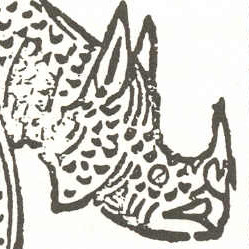Have you ever wondered how the world could suddenly support so many people? In 1900 there were 1.6 billion people and now there are 7 billion. How can we make enough food for them? The answer is a ground-breaking chemical process called the Haber process. It doesn’t sound that interesting – it takes nitrogen from the air, heats it with hydrogen over iron, and produces ammonia. But that ammonia is key to the population explosion.
To grow well, all plants need nitrogen, which they take from the soil. But soil only has so much nitrogen in it. By adding more nitrogen, in the form of fertilizers made from ammonia, we can grow far, far more crops, providing up to four times as much food from the same area of land.
The Haber process was invented at the start of the 20th century. At that time, people were beginning to worry about the supply of nitrogen for fertilizers and for making explosives. Most fertilizer came from manure and human waste, from ground up bones, and from bat and bird droppings – called guano – collected on tropical islands. In Europe, Germany had particularly poor soil and, in the build-up to the First World War, a need for explosives. This led the German chemist Fritz Haber to research ways of capturing nitrogen from the air. As nitrogen makes up 78% of the atmosphere, there is no shortage of it – it just isn’t in a form plants and animals can use. The Haber process revolutionized farming and now produces 450 million tonnes of fertilizer a year. As a consequence, 80% of the nitrogen in your body has been through the Haber process!
Read more: ‘Detonator of the population explosion’, Vaclav Smil, Nature, 1999

You can definitely see your skills in the work you write.
The world hopes for even more passionate writers such as you who are not
afraid to say how they believe. Always go after your heart.
LikeLike